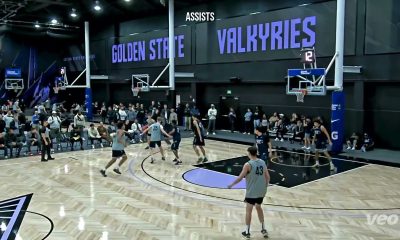It’s no secret that the current state of college sports and the rise of NIL-based transfers has left a stain on the product. Instead of schools naturally recruiting players and developing them over four years while they earn an education, athletes are now being lured with huge checks to pack their bags and head to new programs. It’s gotten legends like Dwyane Wade and Tina Thompson upset, as they feel kids today aren’t thinking about the bigger picture.
Wade and the WNBA legend touched on a litany of topics on his podcast Time Out—from Thompson’s roots and upbringing to her experience as a mother. But it was the topic of NIL that she had the most to say about.
Thompson told Wade she couldn’t believe how often kids transfer to other schools these days. Her concern wasn’t about playing time or sport-related factors. Instead, she emphasized their education, which she believes is of paramount importance.
“These kids are transferring colleges, going to a different school every single year. You can’t get an education that way,” Thompson stated. “Like, you’re not getting a degree. The money that you’re getting, 75, 100,000, 300,000 thousand dollars- you think it’s a lot of money because you’ve not made any money.”
This wade Wade sit up in agreement.
“Exactly!”, the three-time NBA champion said.
It was an interesting conversation between the two basketball greats. NIL money — short for Name, Image, and Likeness — allows college athletes in the U.S. to earn income before turning professional. This policy was implemented in 2021, and both Thompson and Wade agree it’s great to see young athletes getting paid for their talent, something they believe is well deserved.
However, they also expressed concern about the impact NIL could have on athletes’ long-term education.
This makes sense. Even staying at one college and completing a degree is challenging, so it becomes almost impossible for student-athletes to pursue their education if they’re constantly transferring to schools in different parts of the country, each with its own academic requirements.
Cam Newton on NIL
NIL money, of course, isn’t limited to just basketball prospects. We now know how Wade and Thompson feel about the subject — but what about a football legend who’s closely watching the next generation in his sport?
Well, Cam Newton recently addressed it on his podcast 4th & 1, and he didn’t hold back.
“People have come before you. Crawled, walked, burnt, got killed for your ability to receive a stipend for your collegiate time. Appreciate that. This is not generational money. Even if it’s a million dollars, bro you 19 years old, doggie. That money is going to be spent by the time you hit 21…” Newton said.
It’s a sentiment Wade and Thompson also want college athletes to be mindful of. NIL money can mean a lot to a teenager, and they may not always handle it as wisely as they should.
Moreover, not every college athlete is going to go pro or make a sustainable living from sports. That’s what makes the current NIL model feel shortsighted — and, at times, like colleges are exploiting their athletes. Because in many ways, they are.
But this is what we wanted. When athletes weren’t getting paid, fans complained. Now that they are, we’re still complaining. The strange part is that, like Wade and Thompson, many of us are genuinely happy for these athletes and believe they deserve to be paid. Still, the way it’s been implemented has been rocky — and confusing, to say the least.


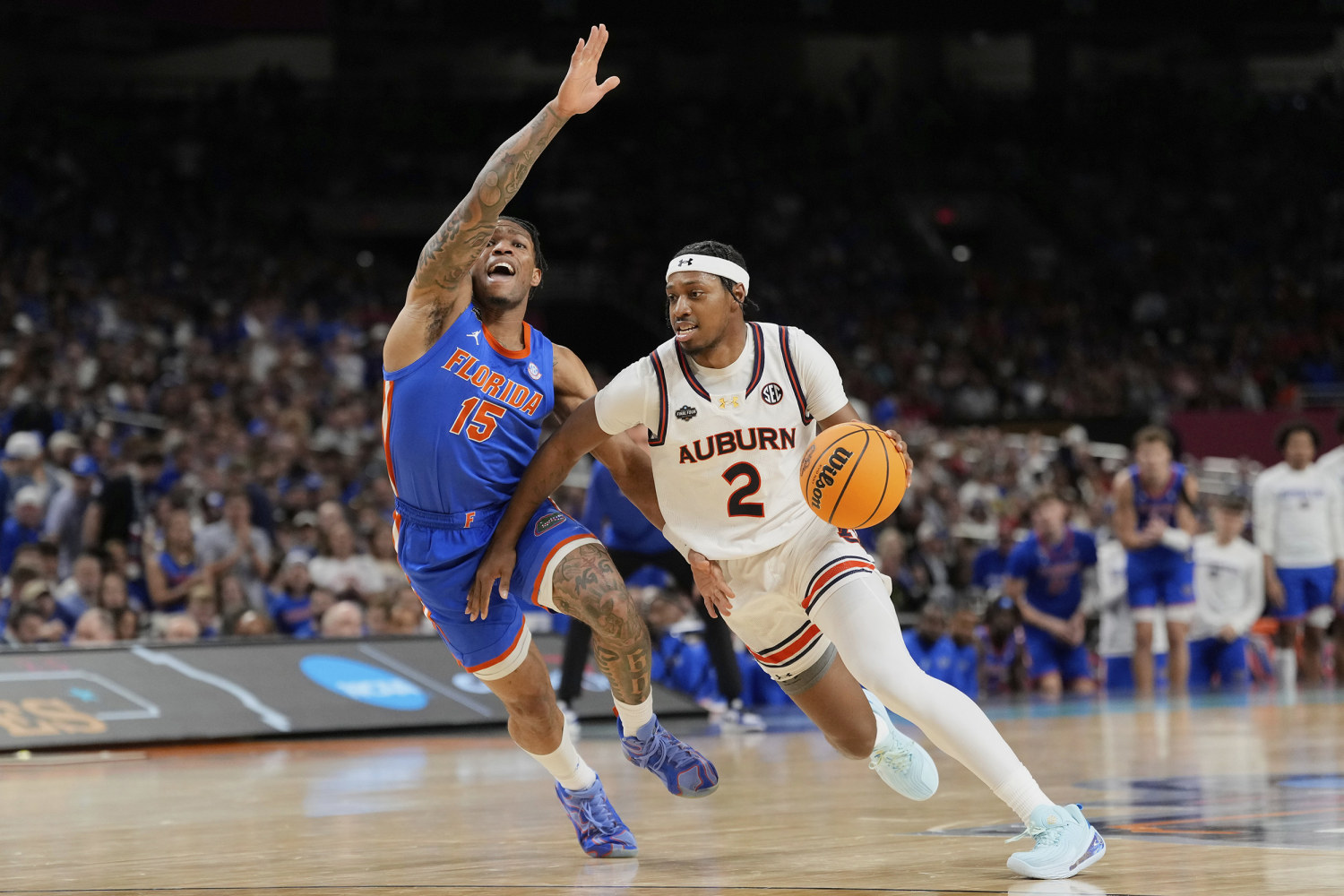


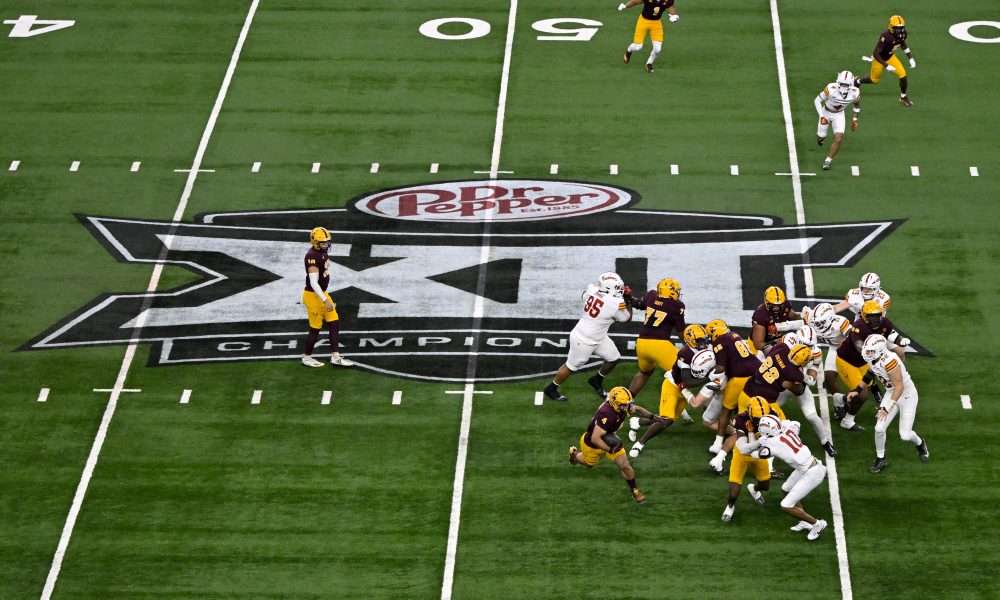


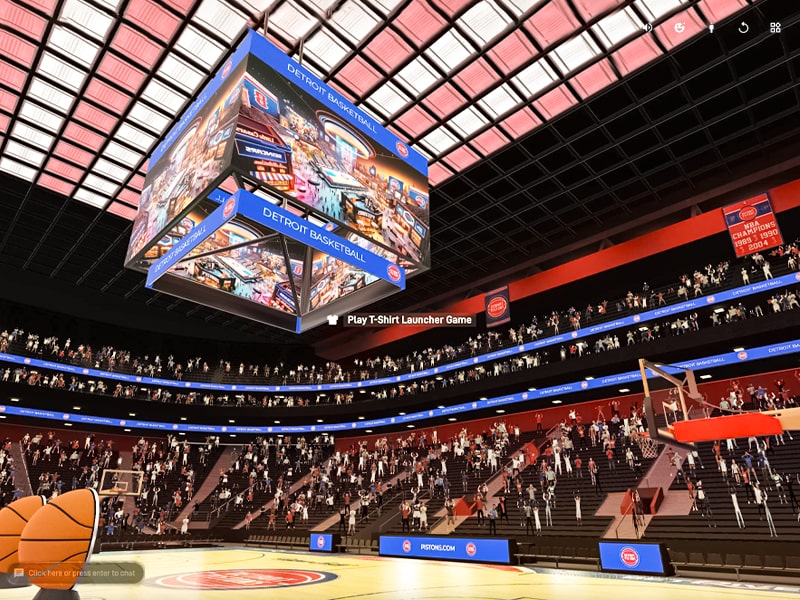

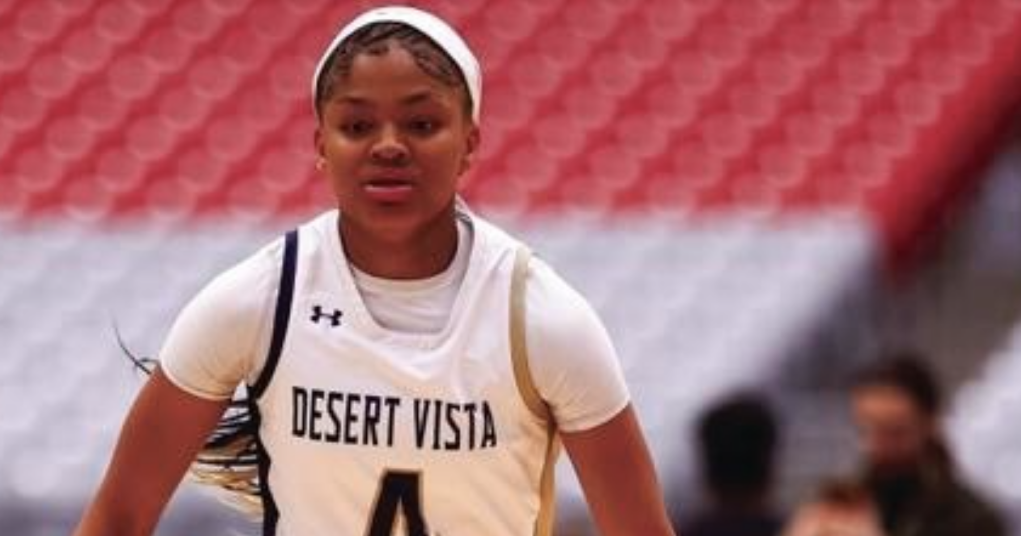


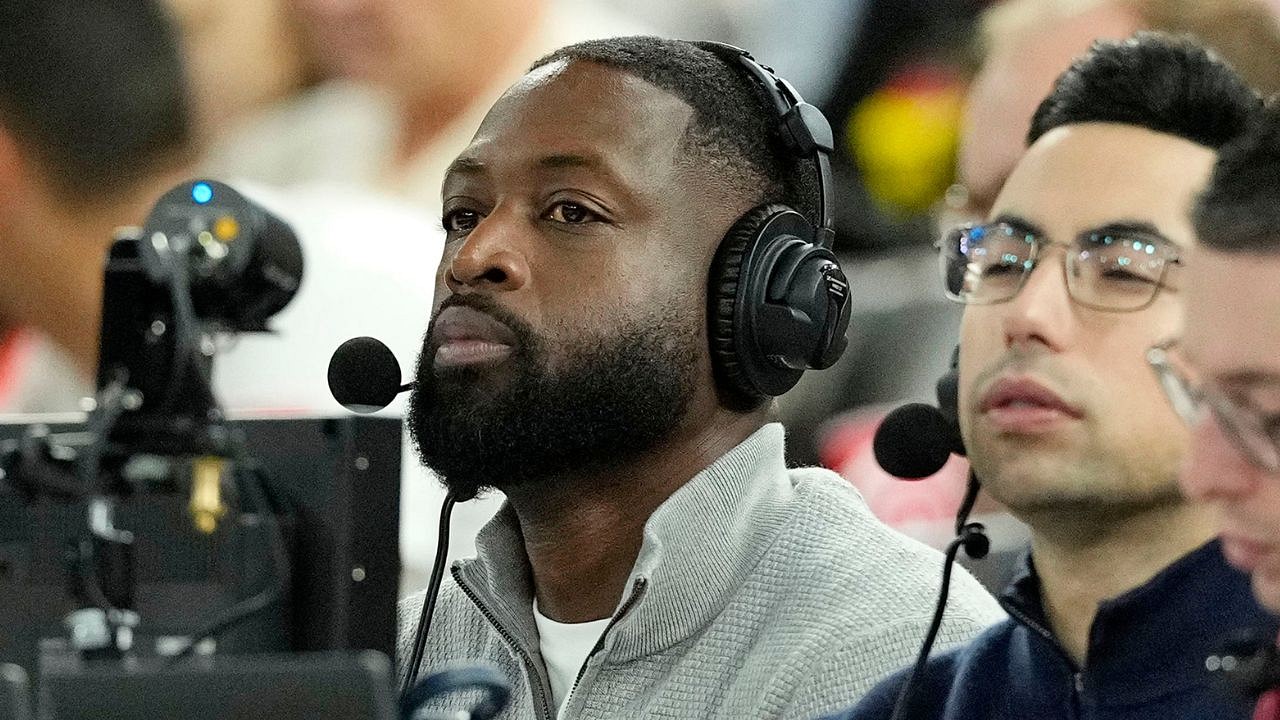







 | 2025 #NBAPlayoffs presented by Google
| 2025 #NBAPlayoffs presented by Google






































